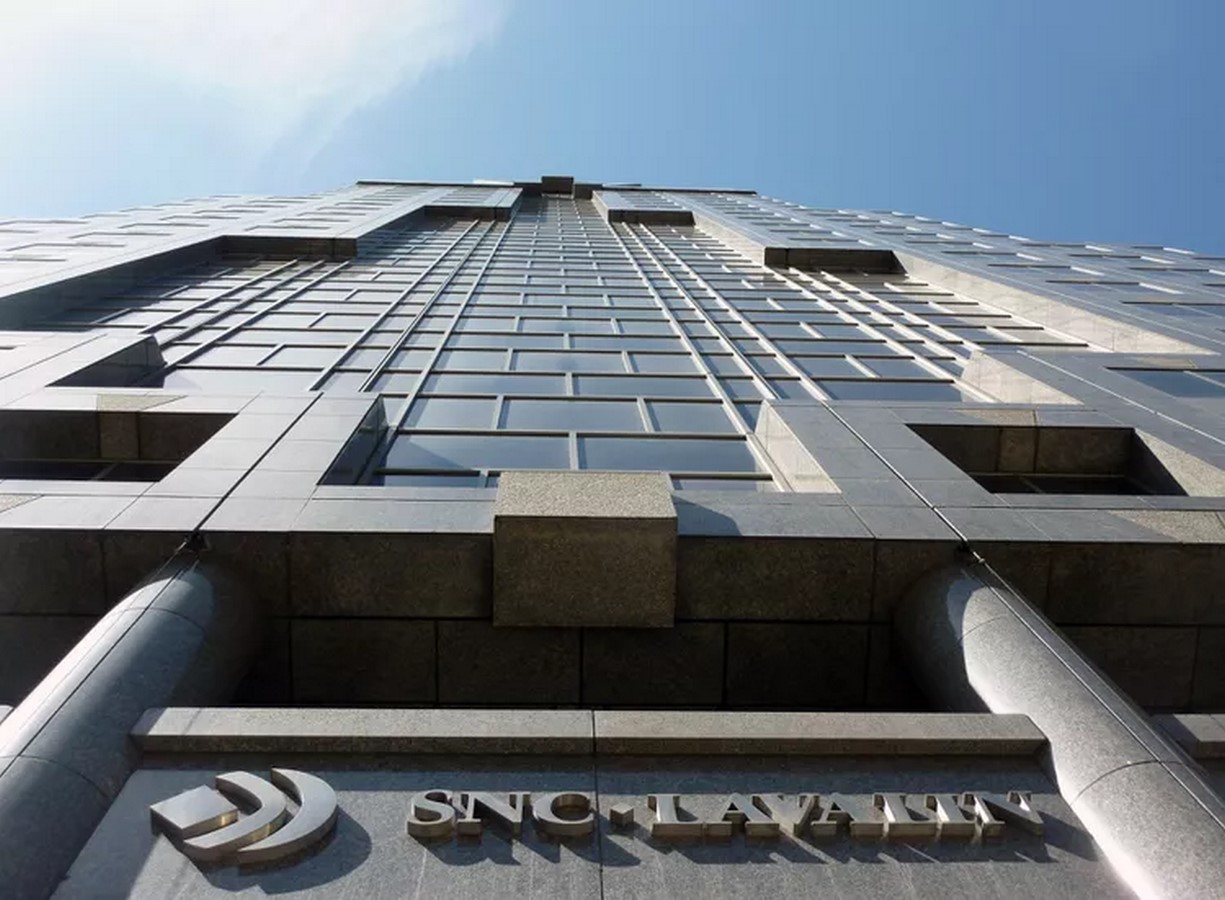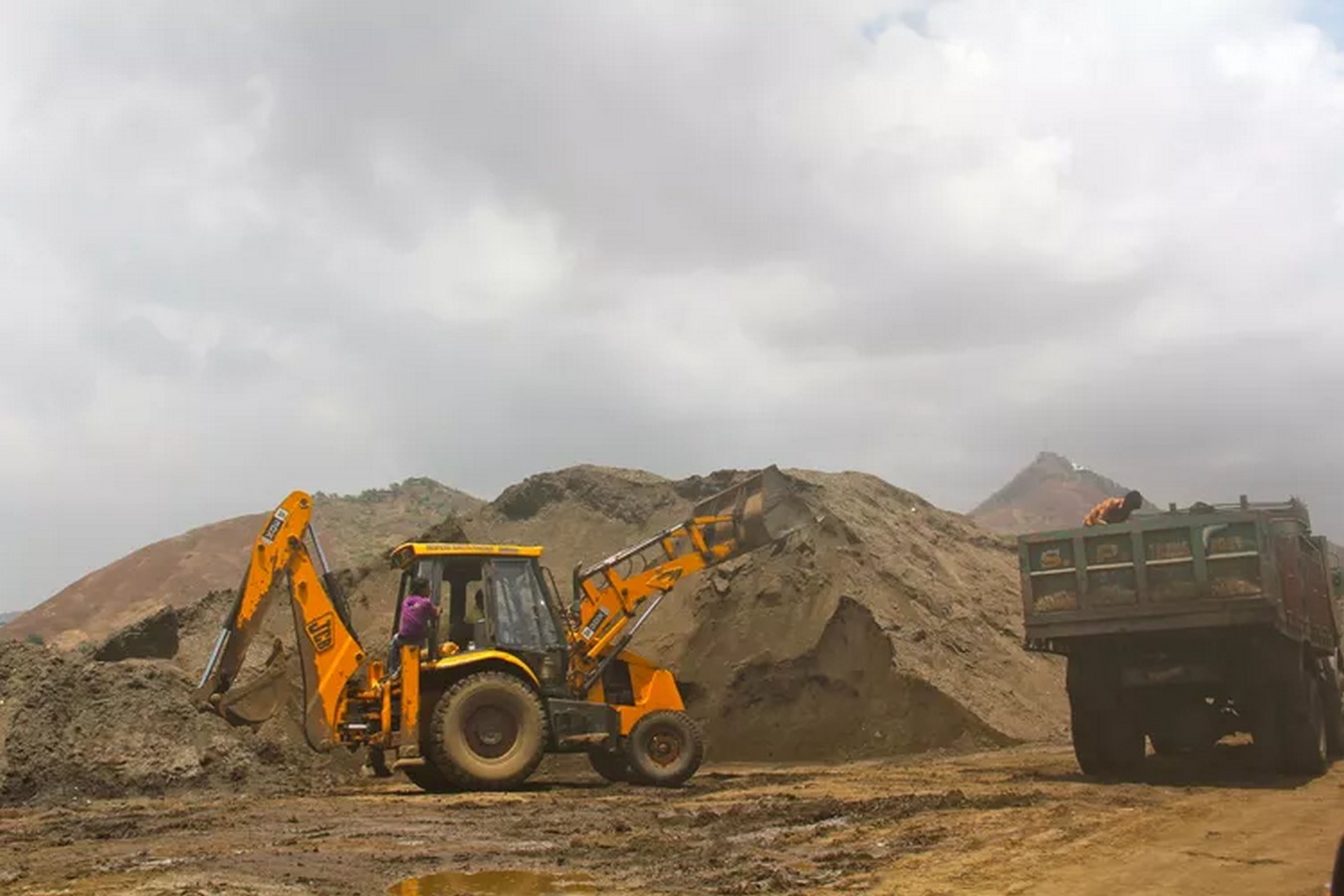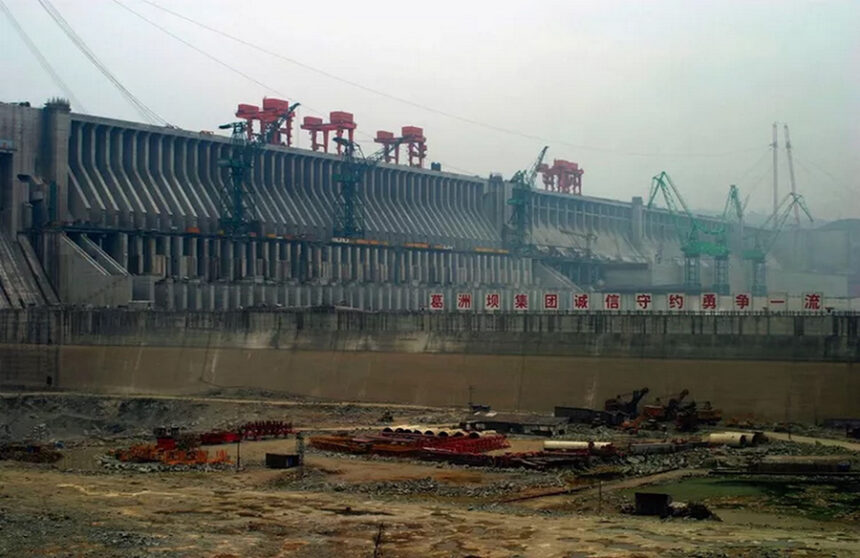Concrete Week at the Guardian sheds light on the environmental repercussions of this ubiquitous building material.
Concrete, often celebrated for its durability and versatility, is under scrutiny as the Guardian launches Concrete Week. This initiative aims to explore both the positive and negative aspects of concrete usage, highlighting its aesthetic and social contributions while acknowledging its detrimental effects on the environment. In an eye-opening article titled “Concrete: the most destructive material on Earth,” Jonathan Watts delves into the alarming realities of concrete production and its far-reaching consequences.

The Scale of Concrete Consumption
Watts opens with a staggering statistic, illustrating the rapid pace at which concrete is poured globally. Within moments, thousands of bathtubs worth of concrete are added to the built environment, contributing to an ever-expanding concrete landscape. The sheer volume of concrete produced annually surpasses the magnitude of other environmental concerns, such as plastic pollution, raising urgent concerns about its sustainability.
Environmental Impacts Beyond Carbon Emissions
While carbon emissions associated with concrete production have garnered attention, Watts sheds light on lesser-known environmental issues, such as silicosis from concrete dust exposure and the ecological devastation caused by sand mining. The destructive consequences of sand extraction extend beyond environmental degradation to criminal activities and violence, underscoring the urgent need for sustainable alternatives.

The Political Influence of Concrete
Beyond its environmental footprint, concrete exerts a significant political influence, shaping policies and perpetuating vested interests. Watts highlights the entanglement of politicians, bureaucrats, and construction companies in a symbiotic relationship fueled by financial incentives and political power. This nexus poses formidable challenges to efforts aimed at curbing concrete consumption and promoting sustainable alternatives.
Reevaluating Concrete’s Role in Construction
While some argue for the indispensable role of concrete in infrastructure development, Watts emphasizes the urgency of rethinking our reliance on this resource-intensive material. As concerns mount over dwindling sand reserves and freshwater sources, there is a pressing need to reassess the necessity of expansive concrete infrastructure projects. Moving forward, a concerted effort to prioritize sustainability and explore alternative building materials is essential to mitigate the environmental impact of concrete.
Conclusion: Toward Sustainable Construction Practices
As Concrete Week unfolds, it serves as a catalyst for critical reflection on the environmental impact of concrete and the imperative for sustainable construction practices. By raising awareness of the ecological consequences associated with concrete production, the Guardian aims to spur dialogue and action toward more environmentally responsible building practices. As stakeholders across industries collaborate to address these challenges, there is hope for a future where concrete’s contributions to society are balanced with its environmental footprint.





Leave a Reply